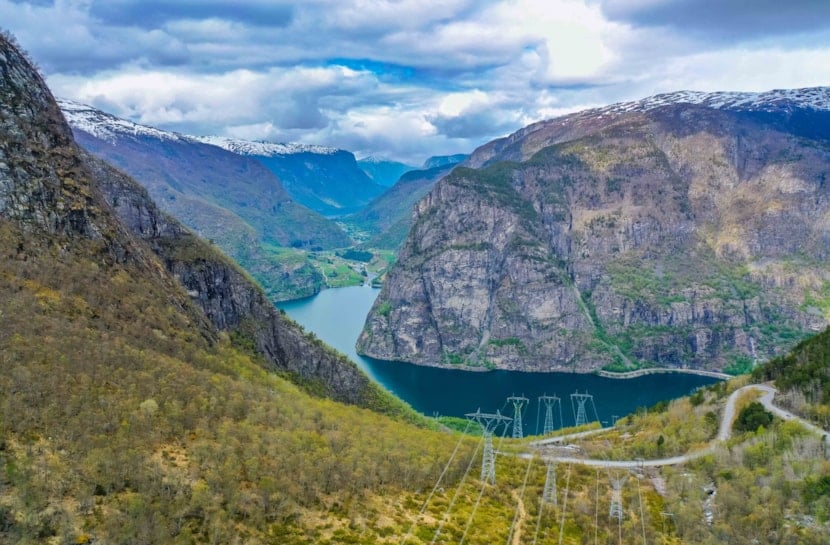Every year, the authorities set an upper limit as to how much revenue Statnett can take in total from grid rent and congestion revenues. Revenues beyond the limit (additional revenues) have to be paid back to customers in the form of lower grid rent. Thus, the extraordinary income does not contribute to increase Statnett's
The underlying result after tax for 2021 was a profit of NOK 1,474 million. This is a decrease from the 2020 result of NOK 2,079 million. The accounting profit, i.e. the result before the additional revenues have been deducted, was NOK 3,307 million last year. The corresponding figure in 2020 was NOK 2,697 million.
High prices and price differences
“2021 was quite an extraordinary year in the energy market. We came from 2020, with extremely low prices, into 2021, which ended with a price level never previously seen,” says CFO and Executive Vice President Knut Hundhammer in Statnett. “The enormous differences in price between countries and pricing areas resulted in extremely high congestion revenues. At the same time, high prices made it more expensive to purchase services to maintain balance in the power system and the physical losses across the electricity grid became more expensive.”
The group’s accounting operating revenues were NOK 14,412 million in 2021, compared with NOK 10,761 million in 2020. Congestion revenues increased from NOK 2,408 million in 2020 to NOK 5,658 million in 2021. Total operating costs were NOK 9,566 million in 2021, compared with NOK 6,893 million in the previous year. High energy prices contributed to costs for system services increasing by NOK 905 million, from NOK 600 million in 2020 to NOK 1,505 million in 2021, and the costs for physical losses across the grid increased by NOK 1,493 million, from NOK 253 million in 2020 to NOK 1,746 million in 2021.
Consumption tariff set to 0 owing to high revenues
At the end of 2021, accumulated additional revenues, i.e. revenues above the permitted limit set by the authorities, were NOK 2,410 million.
“Last year’s high revenues, taken together with our forecasts for bottleneck revenues in the current year, have led us to reduce grid rent for consumption by NOK 4 billion for 2022. We have done this by setting the consumption tariff to 0 from 1 April 2022,” says Hundhammer.
Ongoing major grid investments
In order to safeguard electricity supplies and facilitate wealth generation and sound environmental solutions, Statnett has had a relatively high level of investment over the last decade. Investments in 2021 amounted to NOK 6,121 million, as opposed to NOK 7,299 million in the previous year. Despite the coronavirus pandemic, Statnett’s development projects have made good progress.
Statnett’s strategy “The green shift” shows the level of ambition needed to position the power system to meet national and international climate goals.
“With our new strategy aimed at facilitating the green shift, our high levels of investment are set to continue. We envisage investments in the order of NOK 60 to 100 billion over the next ten years,” Hundhammer says. “In addition to grid development, there will be a need for comprehensive digitalisation to ensure that electricity supplies remain stable when intermittent power production becomes a larger part of the energy supply and as our dependence on electricity increases. This will be done with safety and sustainability in focus.”
Uncertainty as a consequence of the war in Ukraine
The war in Ukraine puts Europe in a challenging security-policy situation, where uncertainty related to energy supplies is leading to increased gas and electricity prices.
“This also impacts upon the power market and the energy situation in Norway,” says Hundhammer. “We assume that Europe’s need to reduce dependence on Russian gas could have a major impact on the pace of convert to renewable energy supplies. Statnett is monitoring the situation closely.”

